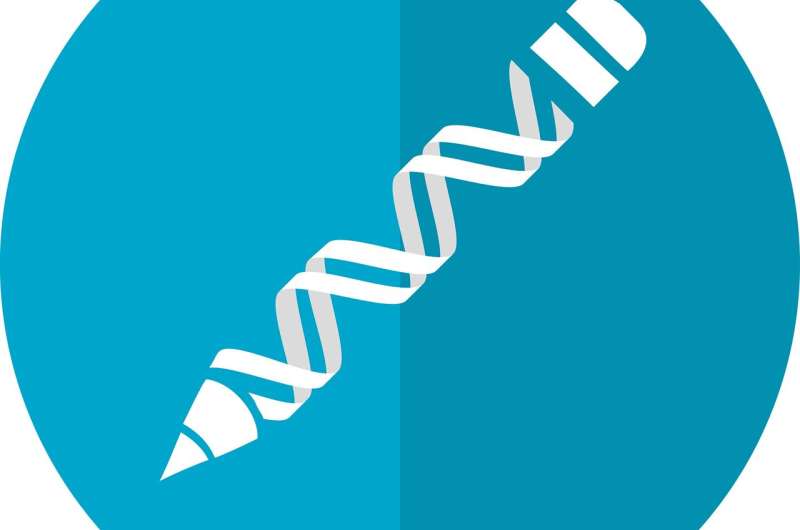Sanfilippo C syndrome: New brain cell models to evaluate therapies

The Sanfilippo syndrome type C is a severe neurodegenerative disease which appears during the first years of life and for which there is no treatment yet. A recent study, published in Journal of Clinical Medicine, has created brain cell models of neurons and astrocytes that allow researchers to better understand the mechanisms of this syndrome and assess potential therapies.
The study was coordinated by a team of the Faculty of Biology of the University of Barcelona and the Institute of Biomedicine of the University of Barcelona (IBUB), the Rare Diseases Networking Biomedical Research Centre (CIBERER), the Research Institute Sant Joan de Déu (IRSJD), in collaboration with a group from Lund University (Sweden). Researchers from the Hospital Clínic de Barcelona took part in the study too.
The Sanfilippo syndrome type C is a lysosomal storage disorder caused by mutations in the HGSNAT gene, which takes part in the degradation of the heparan sulphate (HS), a polysaccharide which accumulates over the course of this pathology. In the study, researchers used the technology of induced pluripotent stem cells (iPSC)—an efficient methodology to study human diseases in cell models—to differentiate neurons and astrocytes that reproduced the main features of this syndrome.
"The obtained results show the existing differences between the cell types and the importance of having relevant cell models to assess therapeutic approaches for specific diseases," notes Daniel Grinberg, co-author of the study and researcher at the UB, IBUB, CIBERER and IRSJD.
These iPSC cells—differentiated in cell lines of neurons and astrocytes—have shed light on experimental studies with each of both cell types and even their joint use in culture experiments to better reproduce the human brain.
In particular, the expressed neurons and astrocytes in specific cell markers show there is a differentiation in the cell lineage. The experts have assessed the presence of Sanfilippo C- typical phenotypes in induced neurons that showed a tendency to increase the heparan sulphate and lysosomal storage (cell organelles related to molecule degradation).
In previous studies, the research team had tested a therapeutic approach on the reduction of substrate in non-neural cell models (fibroblasts) using RNA interference. However, the use of this cell type shows obvious limitations, since it does not allow a reproduction of neurological problems of the Sanfilippo C disease. Moreover, treatments that were successfully tested in these fibroblast models could be ineffective in neurons and astrocytes, which proves the importance of research with different cell types.
More recently, the experts created and validated two different iPSC lines with the mutated HGSNAT gene with the original iPSC using the CRISPR/CAS9 technology (Benetó et al., 2019). Using CRISPR/CAS9, the researchers generated other isogenic iPSC lines with mutations in the NAGLU gene, the responsible for the Sanfilippo syndrome type B (Benetó et al., 2020).
More information: Noelia Benetó et al, Neuronal and Astrocytic Differentiation from Sanfilippo C Syndrome iPSCs for Disease Modeling and Drug Development, Journal of Clinical Medicine (2020). DOI: 10.3390/jcm9030644















